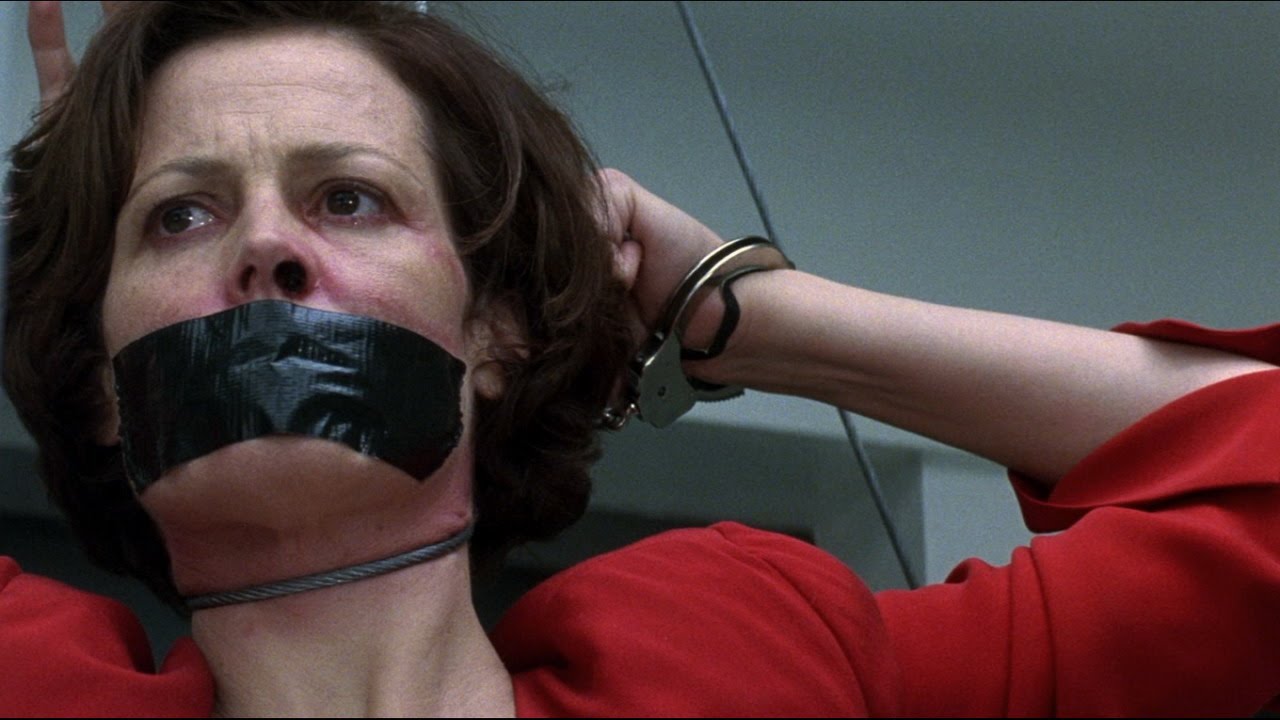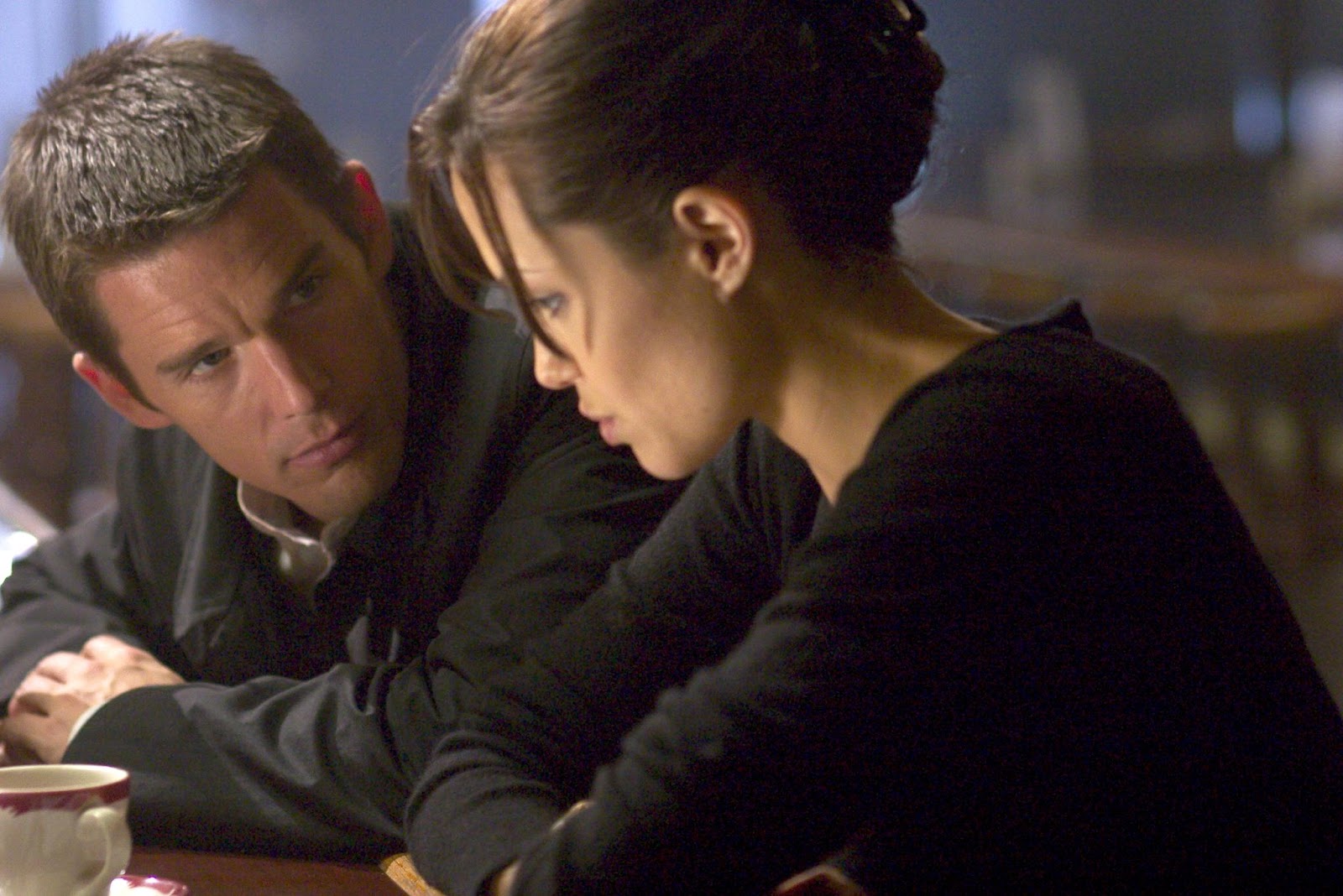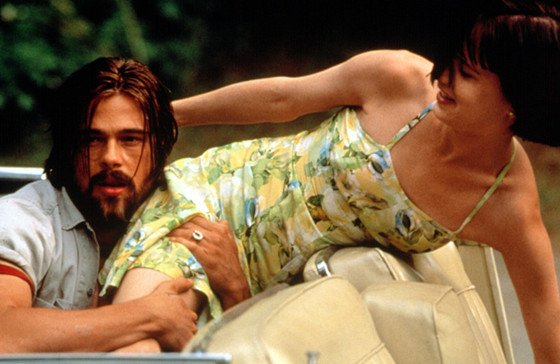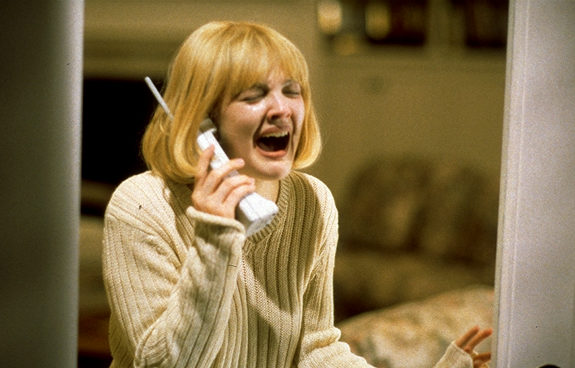
The worst crime a person can commit, both legally and morally, is murder – the intentional and premeditated killing of another human being. What is worse is when someone is going around murdering people for their own sick pleasure and gratification. Despite most of society being against their horrid crimes, society also cannot help but be fascinated by the mind of a serial killer. Why do they do it? What made them become like that? These are complex questions that society has been plagued by ever since the beginning of time, and many movies have tackled this subject.
While there are countless movies about serial killers, there are some that stand out within this subgenre. Filmmakers have had to come up with fresh takes on the serial killer story. Whether the film’s take on the subject is unique, or the killer has a very peculiar pattern, there are some serial killer movies that don’t just have a generic psychopath killing people simply for pleasure. The “why” of the matter is just as important, if not more so, than the “how”.
These are films that are not only very creative in their approach to telling the often-told serial killer story, but which also try to at least somewhat explain the killer’s motivation and who they are. This list will forgo discussing the more well-known movie serial killers like Hannibal Lecter or Norman Bates, as those articles on those characters have been done to death (pun intended).
Some of these films have been criticised for glamorising serial killers and making them look cool, but anyone with a reasonable state of mind will know that murder is wrong and that these are just movies.
10. Copycat (Jon Amiel, 1995)

They say that imitation is the highest form of flattery, and that is certainly the way of thinking of Peter Foley (William McNamara), a disturbed serial killer. Foley wants to make his mark in criminal history with his bloody handiwork being his way into serial killer folklore while paying sick tributes to his favourite serial killers of yesteryear, such as Jeffrey Dahmer and Ted Bundy.
What makes “Copycat” unique is that its antagonist emulates the murders of real life serial killers, which is a sickening thought as it could very well happen in real life. With the frequent references to past serial killers, “Copycat” could almost be considered a history lesson in famous American serial killers. Foley ultimately kills people to become famous and to feel validated as a person. There are photos of the real life murders committed compared with the murders in the movie, adding a sickening feeling to these scenes.
Sound plays a big part in the uncomfortable feel of the film, which is appropriate for a film about creepy murderers. The sinister score throughout the movie is haunting, and in one particularly nasty and squeamish sequence, a video with images of Foley’s next victim has the woman’s face turn into a skull that is accompanied with horrible shrieks of a woman being killed.
It is a shame that “Copycat” is not more well known, as it is a compelling thriller. It is also too bad that McNamara did not go on to have a bigger acting career, as his performance as a disturbed young serial killer is fantastic. In fact, the whole cast is great in this; Harry Connick Jr’s brief appearances as a serial killer are creepy, and he should be cast in more villain roles.
9. Taking Lives (D.J. Caruso, 2004)

Everyone has imagined what it would be like to live someone else’s life. The grim side to that way of thinking is the crime of identity theft, and also potentially the murder of the person whose identity has been stolen. This fear is the basis of “Taking Lives”, where a serial killer has been murdering men who have a similar appearance to him in order to pretend to be them and live out various lives using their names.
“Taking Lives” has a great cast, with Angelina Jolie playing the detective who is assigned to track down the serial killer pretending to be the men he has killed for the past 20 years. Director D.J. Caruso made the excellent crime drama “The Salton Sea” in 2002, and his distinct visual style and flair are on show in “Taking Lives”, creating an uncomfortable atmosphere for viewers to experience.
While “Taking Lives” had mixed reviews upon its theatrical release in 2004, the premise of it is intriguing and terrifying. A common crime is when criminals who use other people’s’ credit cards to buy stuff for themselves, leaving the real person in debt. That in itself is a horrible thing to happen to an innocent person. So imagine someone entering your life out of nowhere who then kills you and pretends to be you so they can live out their sick fantasies. It is a very creepy and sobering thought, a thought that “Taking Lives” utilises to make itself a solid thriller.
8. Cruising (William Friedkin, 1980)

Murder has always been a controversial subject, but another subject that just as taboo, perhaps more so, is homosexuality. Many people and religious groups have shamed homosexuals throughout history for their sexuality being supposedly unnatural and disgusting. Director William Friedkin put both murder and homosexuality together in his thriller “Cruising”, set in the leather bars of the gay nightclub scene. Whether the graphic sexual acts in the nightclub scenes or the brutal aftermaths of the murders in the film are more confrontational is up for debate, but it is a powerful film nonetheless.
In “Cruising”, a serial killer is going around the gay leather bar scene in New York City brutally murdering gay men out partying and performing sexual acts in these clubs, sometimes after having sex with them. Young police officer Steve Burns (Al Pacino) is sent deep undercover to infiltrate these nightclubs to lure the killer, as Burns fits the look of the type of men the killer is targeting.
“Cruising” is unique for its controversial use of gay nightclubs and the sexual activity that happens inside them being the setting of a murder mystery, for its depiction of New York City’s former rough state, and for its constant dark lighting and eeriness. It is a shame that this film is considered the beginning of the end of Friedkin’s career, because it is a solid, gritty thriller that depicted a controversial subject matter.
“Cruising” mixes the styles of his previous two successful films, “The French Connection” and “The Exorcist”, in that it is a frantic police drama, but it also has a dark vibe and visual style that feels like the film has gone into the depths of pure evil. The killer himself is stoic and cold, and thanks to his calm and emotionless voice being dubbed in, has an otherworldly presence that is very sinister akin to the possessed girl in “The Exorcist”. Pacino’s performance as an inexperienced cop who slowly becomes more hollow and starts losing his sanity is amazing. His work here has been underappreciated and should be more recognised among film enthusiasts.
“Cruising” is also a great time capsule of the hedonistic underground gay nightlife only a few years before the AIDS epidemic caused fear throughout the world, especially in the homosexual community. It also depicts a politically incorrect society where people were far more blunt with their negative attitudes toward homosexuality, with one scene showing a newspaper with the crude headline “Homo killer on the prowl” with the word “homo” being used with a negative tone. The homosexual community had only started receiving more civil rights at the time the film was made, so “Cruising” was making a strong statement about homophobia in both society and the police force.
7. Kalifornia (Dominic Sena, 1993)

Serial killer folklore has always fascinated people, with tales of violence, brutality, and overall evil. What no one expects though is that they will encounter a serial killer themselves, let alone be targeted by one. It is a sick fascination that people think they can read about safely from afar. Photographer Brian (David Duchovny) and his girlfriend Carrie (Michelle Forbes), who are researching serial killers for a book they are working on together, also naively believe they will never be harmed by a serial killer themselves, but that is exactly who they have unknowingly brought along with them.
The two plan to travel from Pennsylvania to California to sites all over America where famous serial killers committed their disgusting acts, without knowing that one of the people they brought along with them is indeed a serial killer. The ferocious Early (Brad Pitt) and his innocent girlfriend Adele (Juliette Lewis) terrorise people they encounter on their road trip, and Early eventually turns his violent tendencies towards the artsy couple they have been travelling with, whom up to that point dismissed Early and Adele as stereotypically stupid rednecks.
Like in the aforementioned “Natural Born Killers”, Lewis yet again plays the abused white trash woman in the killer couple alongside her male partner in both crime and romance. “Kalifornia” is a cool 90’s thriller about how and why serial killers do the evil things they do, but also showing that one of the reasons why serial killers exist is because no one believes they will be confronted by one themselves, allowing these murderers to successfully lurk in the shadows.
6. Scream (Wes Craven, 1996)

Although some of the aforementioned films on this list discuss peoples’ obsession with real-life serial killers, what makes “Scream” unique is that its characters are obsessed with serial killers in movies. Most people think the closest they will get to a serial killer is by watching movies, but what makes “Scream” great is that it plays with the clichés and “rules” of the teen slasher movies; it is both a homage and a critique of at the same time.
“Scream” has teen serial killers who kill their classmates while wearing the iconic Ghostface mask and black cloak, who base how they murder people on the rules of classic slasher movies like “Halloween” and “Friday The 13th”. The teens figure this out and have to play by the rules of horror movie conventions in order to defeat the killers.
This same idea was used in the sequels, but they did not have the impact that the first “Scream” had. Besides the many amusing movie references throughout the film, another factor that makes “Scream” so good is how brutal and terrifying the violence actually is. Every murder scene in “Scream” has this nasty sense of dread to it, unlike the sequels where the kills happen too quickly and seem too slick to be scary.
When the killers in this film show their true identities, they reveal just how evil and insane they truly are; their facial expressions truly are spine-chilling. The famous opening scene with Drew Barrymore’s death is particularly harsh and grim, and it is rightfully still considered one of the most effective scenes in horror movies to this day.